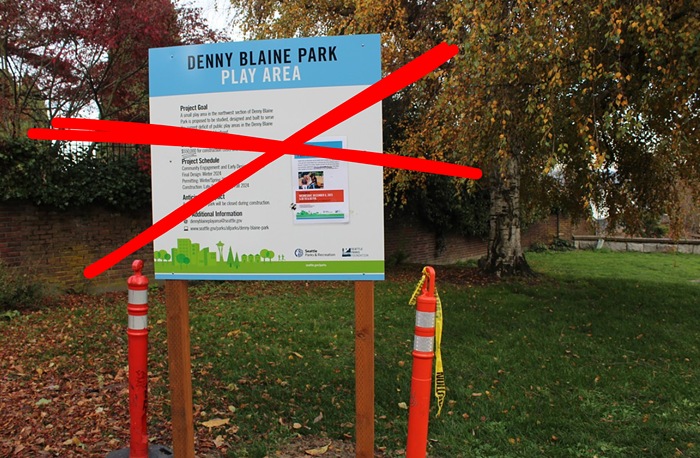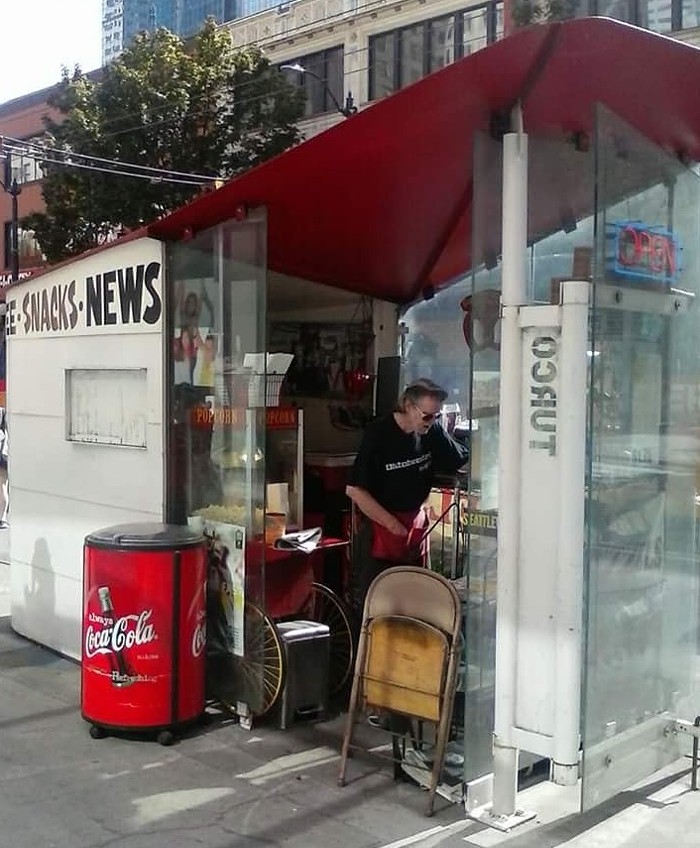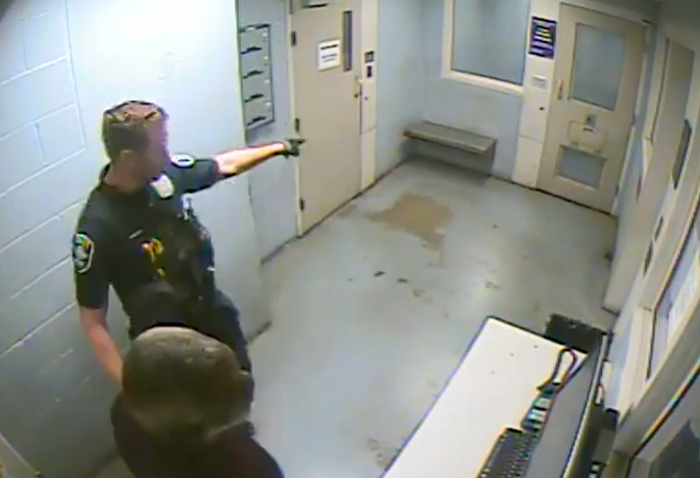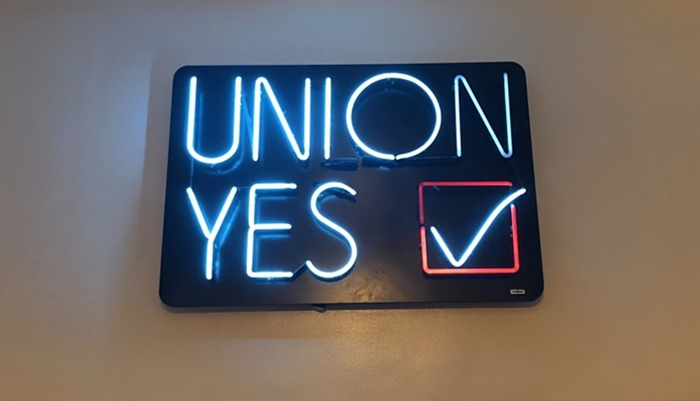The group, Citizens for Mobility, is fueled in part by the credibility of someone you may never have heard of, but whose mighty reputa- tion draws praise even from Sound Transit wonks. This firecracker is Emory Bundy. Bundy's a former member of the Regional Outreach Committee, a citizen panel formed in 1995 to contribute to transit planning. Among others, King County Council and Sound Transit Board members Rob McKenna and Greg Nickels readily vouch for Bundy.
"The guy's credible," says Nickels, who's sold on light rail but respects Bundy's opposition.
McKenna, who has had some Sound Transit critiques of his own while he's been on the board, says, "Emory's very meticulous about facts."
Others transit folks say things like, "Emory Bundy's environmental credentials go to the core of the earth," and "Having him against Sound Transit hurts a lot of people." This speaks volumes. You aren't going to hear Sound Transit wonks tooting the horn of George Curtis or Save Our Valley. In fact, Curtis' divisive group split the Rainier Valley, giving rise to a competing contingent of neighbors.
Bundy is certainly not the only critic of the Sound Transit plan. (Seven appeals were filed with the state since the plan's approval in November, and they could be filed federally.) But Bundy's appeal has the most teeth.
"Right on the surface, Sound Transit's crazy," he says. He claims light rail will not (as promised) meet our growing population needs, and only serve three percent of residents who move to Seattle between 1996 and 2010. He also says it will put the region in gigantic debt.
Bundy, 63, is extraordinarily committed to protecting the environment and improving local transportation. He lives in the Denny-Blaine neighborhood, and is the director of the Bullitt Foundation, which gives out money to support environmental projects. Aside from winning awards (like the Abe Lincoln Award for Distinguished Broadcasters, which he won while at his former job at KING-TV) for his work on energy, environmental, economic, and historic preservation issues, and helping to save the planet from car emissions by giving up driving in 1982, he also formed Citizens for Mobility with two cohorts to lobby for reasonable traffic solutions.
Most impressive though, is how much data he's gathered tearing up Sound Transit's light rail plan. Basically, Bundy's federal appeal, which Citizens for Mobil- ity attorney Jack Alkire intends to file as early as this month, will challenge Sound Transit on four points: air quality, traffic flow, cost, and ridership estimates.
For instance, Bundy says the plan for Sound Transit to take over Metro's downtown bus tunnel and kick more than 150 buses onto the streets will further congest and pollute Seattle. This could contribute to a violation of air quality standards, which would threaten the federal funding Sound Transit is counting on. He believes the price tag for light rail ($1.8 billion) is outrageous given that there are less expensive transportation solutions -- expanded bus service and vanpools, for instance -- which have the proven ability to attract new riders through fare reductions and cost breaks.
Bundy says the projected number of rail riders through the downtown bus tunnel -- almost 16,000 per hour one way according to Sound Transit -- is an exaggeration, because Sound Transit assumes greater frequency of trains (30 per hour) and more rail cars per train (four) than are possible. He offers what he considers to be a more realistic figure: Twelve packed three-car trains per hour equals around 5,000 passengers.
"There is no likely scenario in which the capacity of trains exceeds that of buses," asserts Bundy. Since Sound Transit's assignment was to consider the best way to get the most people out of their cars and into public transportation, from where Bundy stands, they failed.
Mary Jo Porter, Deputy Light Rail Director, admits Sound Transit has no way of knowing how many people will ride the trains. "It's an incredibly imprecise science," she says. "Maximum capacity numbers are all theoretical."
Sound Transit spokesperson Denny Fleenor dismisses Bundy's attacks, claiming he's got an agenda. He says Bundy plays with his figures to discredit light rail, because he favors buses.
But Bundy denies he has an agenda. He's not sweet on buses, he says, he just thinks rail is flawed. "If you try to take an environmentally and economically lucid approach," says Bundy, "you don't get rail."


















